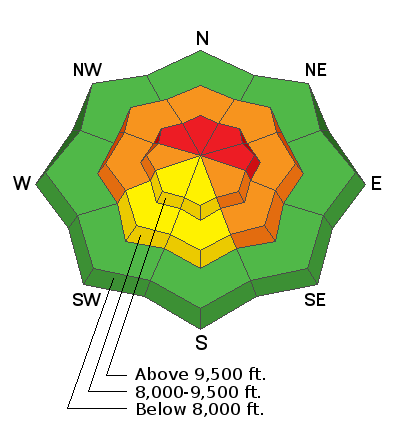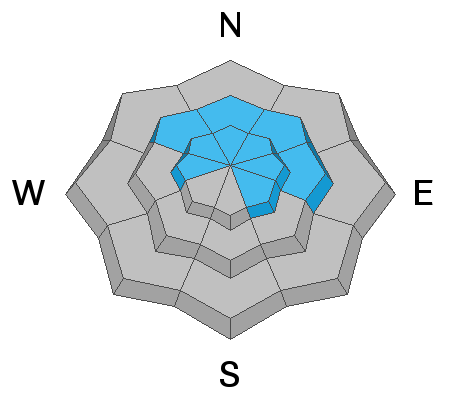Forecast for the Provo Area Mountains

Issued by Trent Meisenheimer on
Saturday morning, November 24, 2018
Saturday morning, November 24, 2018
The avalanche danger is HIGH on slopes facing west through north through southeast at the upper elevations. Human-triggered and natural avalanches are certain. Travel in avalanche terrain is NOT recommended, including avalanche runout zones. Being involved in any avalanche will have significant consequences.
- We will update this forecast by 7:30 Sunday morning.

Low
Moderate
Considerable
High
Extreme
Learn how to read the forecast here









